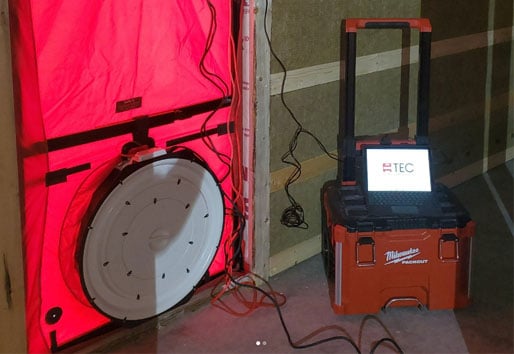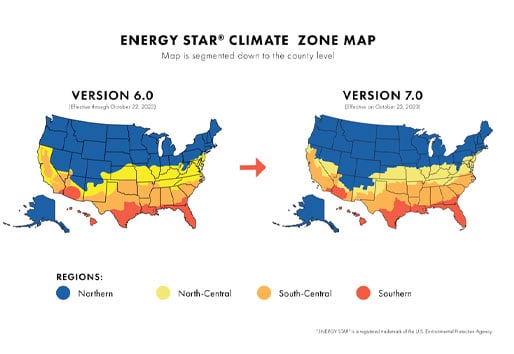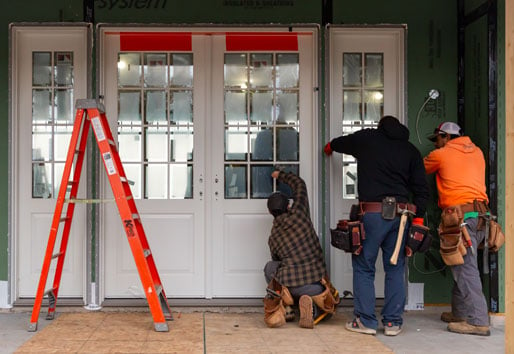By Glenn Mathewson
Massachusetts energy code updates: A preview of the future?
Massachusetts has enacted one of the most progressive energy codes in the country. Why should you care if you don’t live there? Here to explain is guest contributor and code educator, Glenn Mathewson.

Massachusetts is leading the way when it comes to building energy code, but it’s not alone. California, Connecticut, and a number of other states have or will be enacting increasingly progressive codes. This means that even if you don’t live in one of these places, you might be interested in knowing where energy code is going next. Here’s a crash course on the ins and outs of Massachusetts energy code.
What is Massachusetts energy code?
In Massachusetts, the current minimum adopted energy code is the 2021 edition of the International Energy Conservation Code (IECC) with amendments. This is what Massachusetts refers to as the “base code,” and there are three methods of compliance:
- The prescriptive method is essentially a recipe for construction, with minimum R-Values for different assemblies and maximum U-Factors for different fenestrations, like windows, doors, and skylights.
- An ERI/HERS score determined by a third-party energy rater to satisfy both government code requirements and voluntary programs like ENERGY STAR is the second method of compliance.
- Meeting passive house standards, either Phius CORE 2021 or Phius ZERO 2021, via verified software from the Passive House Institute and certification by a certified PHI consultant or designer is a third method.
But base code is only the starting point. Municipalities can opt into a second option that’s more progressive, or even a third. Let’s start with the second option, which is called the “stretch code.” It also utilizes the requirements of 2021 IECC with amendments and requires all new dwellings to get an ERI score. As it relates to residential dwellings, the main difference between it and base code is that it doesn’t permit the prescriptive method.
The third and most progressive level of Massachusetts’ building energy code is called “specialized code.” It is considered a net-zero code, but it’s not as simple as it sounds. It requires compliance with the stretch code for both remodels and new construction. For new construction, it also provides a variety of choices for additional efficiency improvements. Compliance methods include zero energy with on-site power production, all electric design, and methods of mixed fuel designs.
Measuring compliance with both stretch and specialized code is a bit complicated and often it’s worthwhile to hire an energy rater or design professional to handle it. For more information about the 2025 Massachusetts building energy code.
Need to back up? Check out Building Code 101 for a primer on how code is created and all the basics.
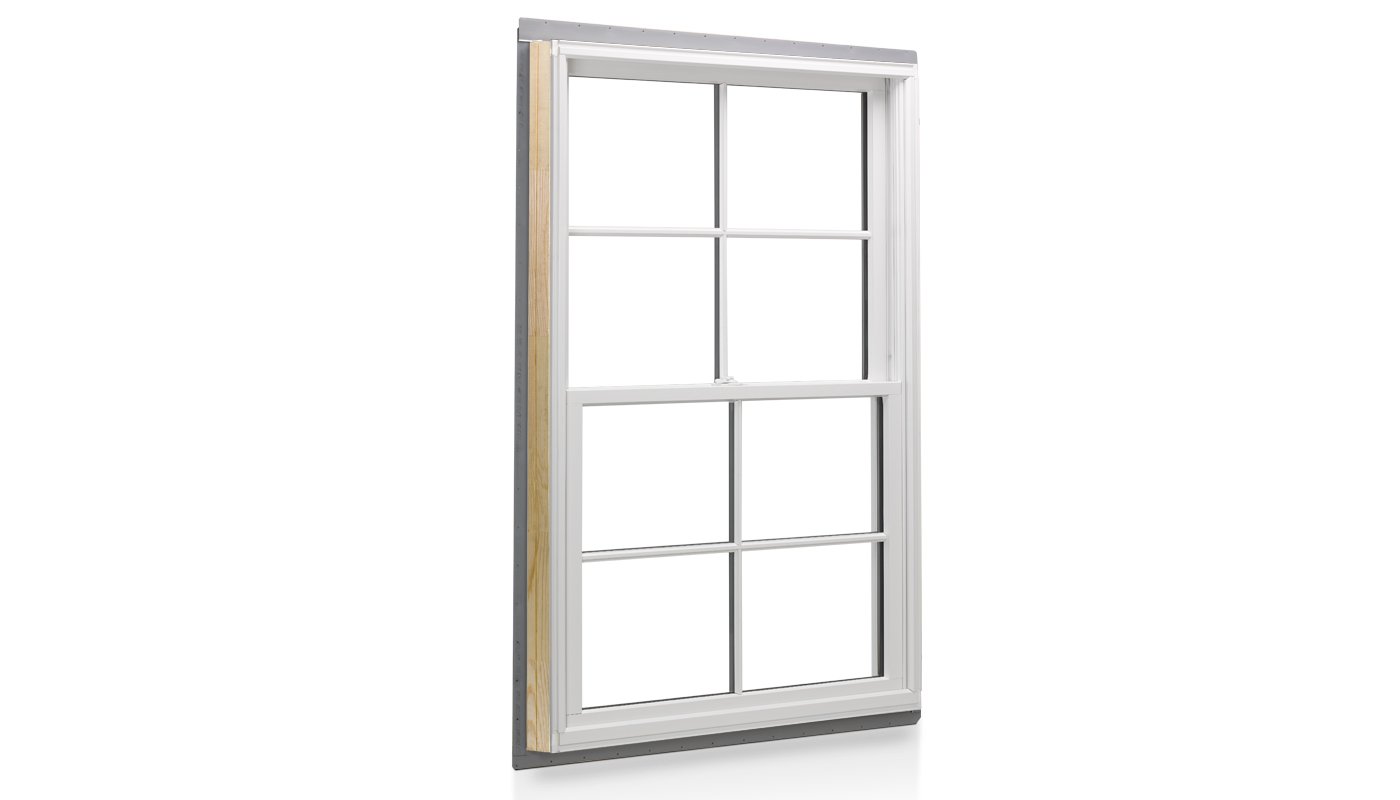
In Massachusetts, Andersen's 400 Series product line can now be ordered with triple-pane glass for improved energy efficiency that can help meet code requirements.
What is a HERS rating?
To evaluate the efficiency of an entire house, you need a standardized grading method. In Massachusetts, compliance with stretch code is evaluated based on a HERS/ERI score. HERS stands for home energy rating system, and it was developed for this purpose by Resnet, a nonprofit organization. It provides a score on a linear scale drawn between zero and 100. A score of zero is a net-zero house — or a house that generates, through a renewable energy source, as much energy as it uses — and a score of 100 represents efficiency compliant to the 2006 IECC, the newest model code at the time of the HERS creation.
The HERS system is continually reviewed and updated, but the scoring system remains on a scale based on the 2006 IECC. For many years, this energy rating method was useful for tax credits and consumer confidence but was not a method of government energy code compliance. That changed in the 2015 edition of the IECC when the Energy Rating Index (ERI) was added as a method of compliance.
What’s the difference between HERS and ERI?
A HERS score and an ERI score are nearly the same, but much like “model code” and “government code,” A HERS scoring protocol is regularly updated and immediately applicable to the federal programs targeting consumers, such as ENERGY STAR, whereas an ERI score is specific to the government adoption of a particular code edition and edition of the rating standard it references.
Because HERS is a trademarked term belonging to Resnet, the IECC instead references an ERI grade and an American National Standards Institute (ANSI) standard (301-19) detailing the process to determine the rating.
The 2015 IECC designated a new minimum required score for code compliance, lower than the score of 100 in the 2006 IECC. A single design and verification method that can now meet both the code and provide federal consumer incentives was a win-win for builders.
The most recent edition of the IECC, 2024 not only mandates a maximum score of 51 to 54 as code compliant, depending on climate zone and not taking into account on-site power production, but also requires an additional reduction of this score. To simplify this in Massachusetts code adoption, which is all under one climate zone (5A), the code was amended to reflect a maximum score of 42 with fossil fuels and 45 when electric or solar energy is used. This reveals the almost 50 percent increase in minimum required efficiency since the 2006 edition’s passing score of 100.
How individual components can improve energy efficiency
The encouragement of increased efficiency, through codes and consumer programs, can be taken down to the level of individual components, such as windows. All methods of code compliance, including those in stretch codes, are heavily based on the efficiency of the thermal envelope. The better the envelope, the easier compliance will be with any method.
To understand the performance of the envelope, a measure called U-Factor x Area (UA) is used to measure a building’s total heat loss. However, in the 2024 IECC, a new similar measure was introduced called Component Performance Alternative where the thermal conductance (TC) of the proposed building is measured slightly differently.
What is the difference between UA and TC?
Let’s start with UA. The total UA of the building is calculated by summing the individual U-Factors (thermal performance) of each component of a building assembly weighed by the area of that assembly compared to the area of the entire thermal envelope.
TC is calculated by the same U-Factor x Area (UA) calculation for the building assembly, but it adds in the slab F-Factor x slab perimeter (ft).
What role do windows play?
Windows are part of the building envelope, of course, and their U-Factor is provided on a mandatory label by the National Fenestration Rating Council (NFRC). A house can be designed with unique assemblies and different windows than those prescribed specifically in the IECC, provided the total UA of the unique design is not greater than the total UA of the building using components with thermal performance specifically prescribed by the IECC. This allows different choices in efficiency of different assemblies and individual components. Better performing windows can be selected that would allow for reduced performance in other components or assemblies, such as walls and roofs, provided the overall UA of the envelope is compliant.
Unlike insulated walls, occupants have a much more intimate relationship with their windows, which have more direct, immediate, and personal impact on their comfort. Energy codes allow you to invest in efficiency in different ways, such as choosing better windows that impact both code compliance and occupant comfort. Additionally, windows themselves are also addressed through the ENERGY STAR program, and like an entire ENERGY STAR home, there are tax incentives for purchasing high-performing windows.
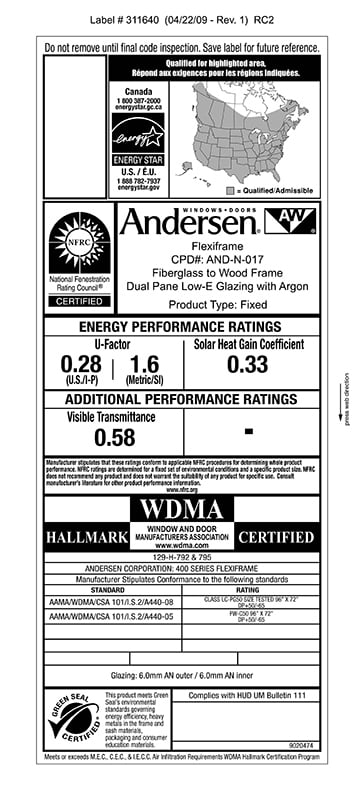
How do windows improve energy efficiency?
Of course, high-performing windows vary by climate. In the coldest climates, it’s becoming increasingly necessary to move from dual-pane glass to triple-pane glass to meet the requirements of programs like ENERGY STAR and requirements in places with stretch code. Luckily, Andersen has an expanding portfolio of windows and doors with triple-pane glass, including:
- A-Series windows and patio doors come with triple-pane glass options and meet ENERGY STAR’s most-efficient criteria. In addition, certain A-Series windows meet Passive House Institute US (Phius) requirements.
- E-Series windows and patio doors have triple-pane glass options.
- 400 Series windows have triple-pane options available to quote in Massachusetts.
- 200 Series patio doors have triple-pane glass options.
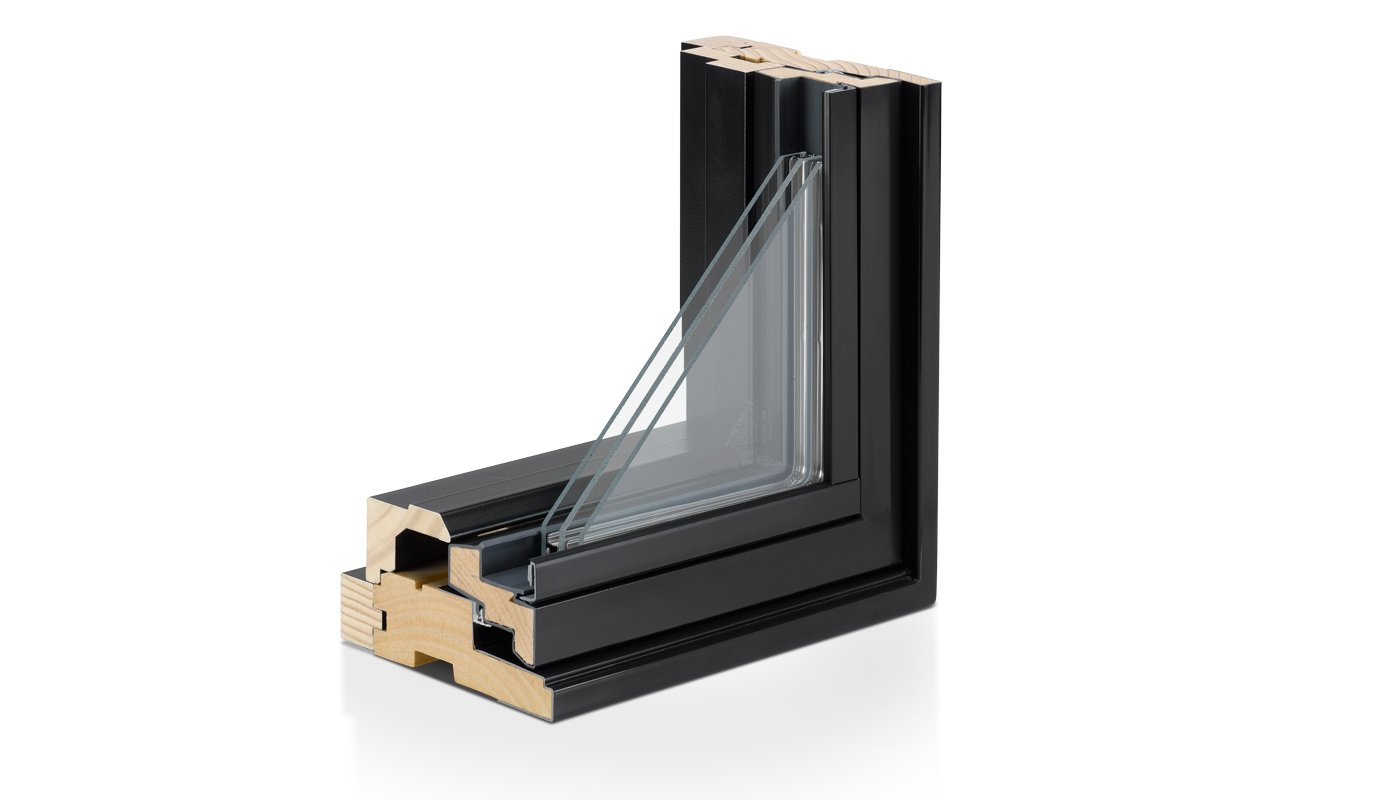
Triple-pane glass is increasingly necessary to meeting energy code in places like Massachusetts. This 400 Series Casement Window corner section shows the two air pockets that come with a triple-pane insulated glass unit (IGU). Air pockets are filled with an argon-gas blend to further improve efficiency. Additionally, a triple-pane window can have two low-emissivity (Low-E) coatings.
Where else is this happening?
These bold efforts to enhance the energy efficiency of new housing are not unique to Massachusetts. In Colorado, there is no state-wide mandated building code, but there is a new legislative action that puts parameters around what local jurisdictions can adopt when they update their local energy code requirements. Any local CO government that adopts or updates their building code, must adopt the 2021 IECC, the Colorado Model Electric Ready Code, and the Solar Ready Code. In 2026, compliance with an enhanced version of the 2024 IECC will be required.
Some states, like New York and Connecticut, are also preparing for adoption of the 2024 IECC. Other states and local governments may take longer to adopt the newest energy code. Regardless, if you aren’t building to the modern energy codes yet, you will likely be strongly compelled by the government to do so in the coming future.
The takeaway
No matter where you live, choosing high-performing windows makes it easier to meet code compliance while also increasing occupant comfort. It’s also a choice that will keep your new home and new windows from quickly becoming “outdated” from future increases in performance requirements in both codes and consumer programs that are to be expected.
Meet Glenn
Glenn was a tradesman in the late 1990s before becoming a city building inspector in 2005. During that time, he was teaching, writing, and consulting in codes on the side, and it became his full-time work in 2018. He has published over 100 technical articles, including his current column in Fine Homebuilding Magazine. He is an educational book author for ICC and an author for the popular CodeCheck publications. He teaches building codes across the country and online through his website, BuildingCodeCollege.com. Glenn was awarded ICC Educator of the year in 2021. He assists local Colorado governments in updating their adopted codes, as well as a variety of other educational consulting.

More to explore
